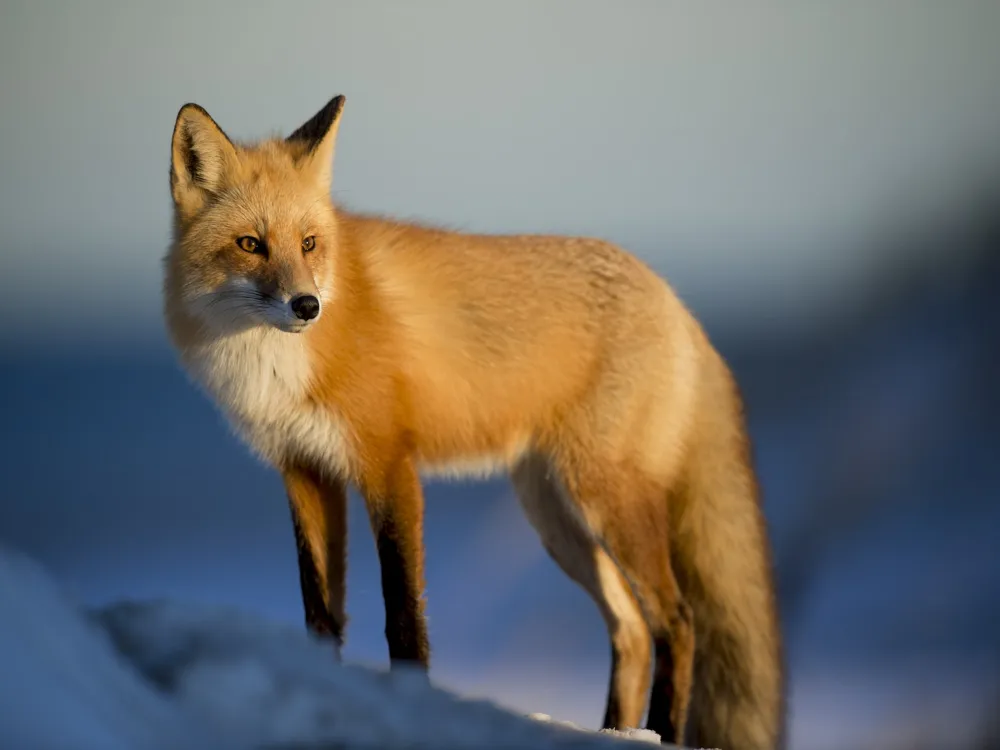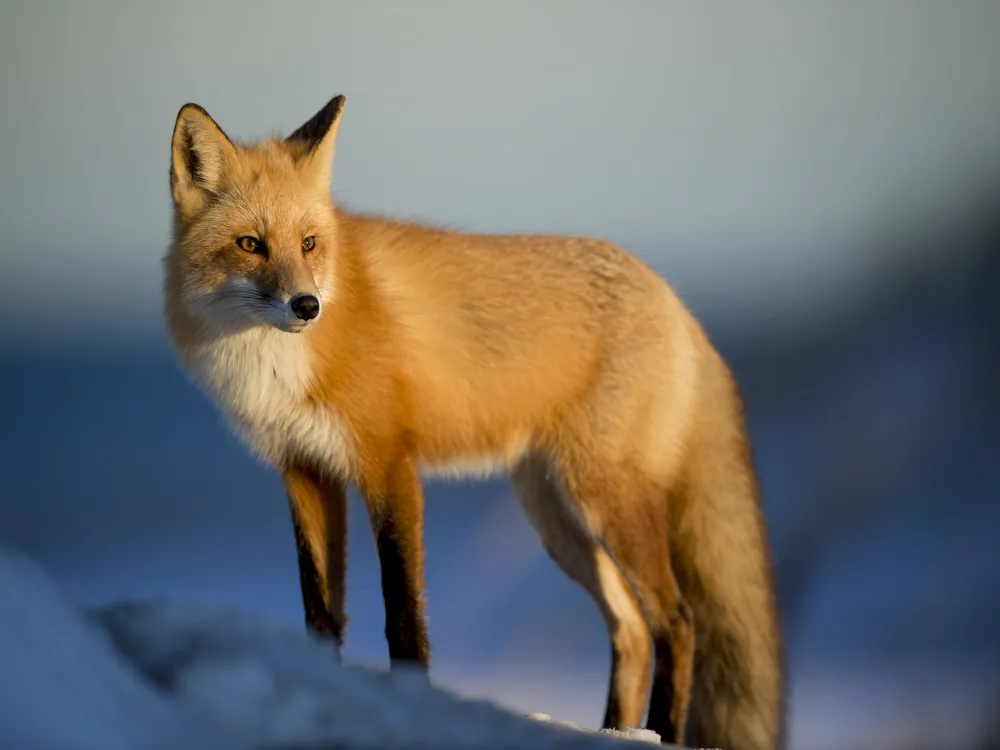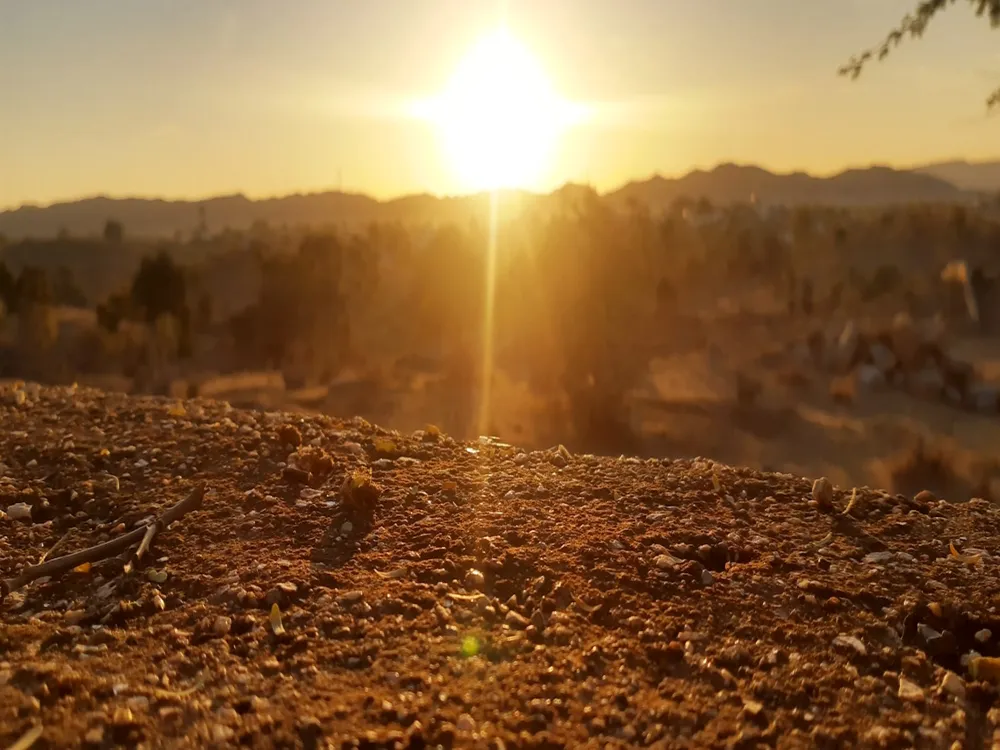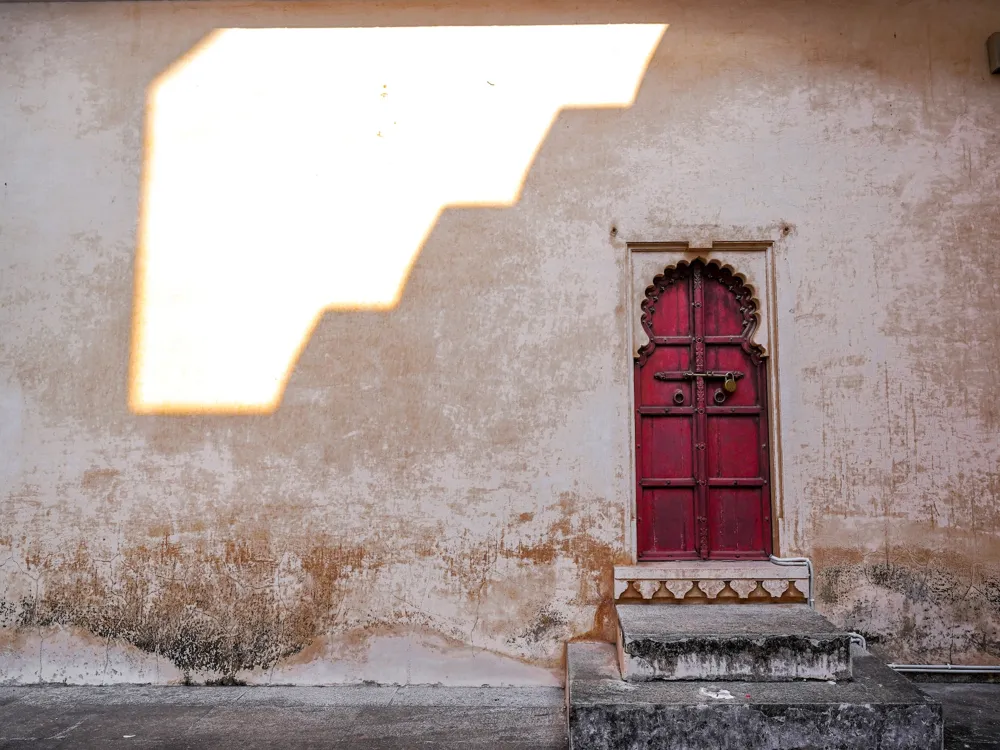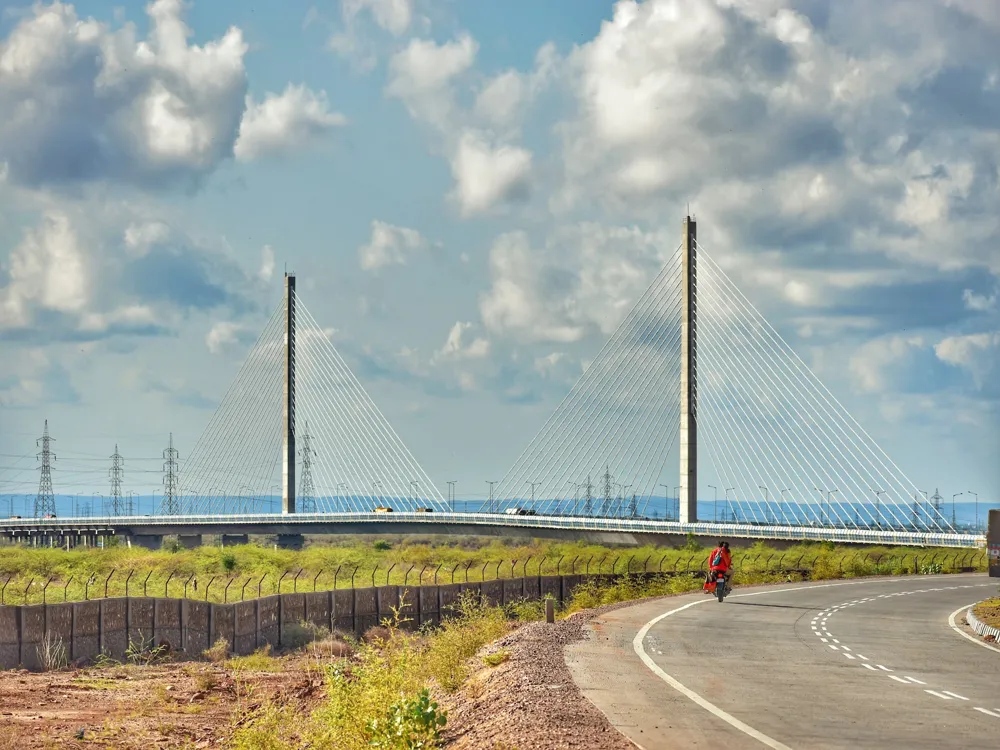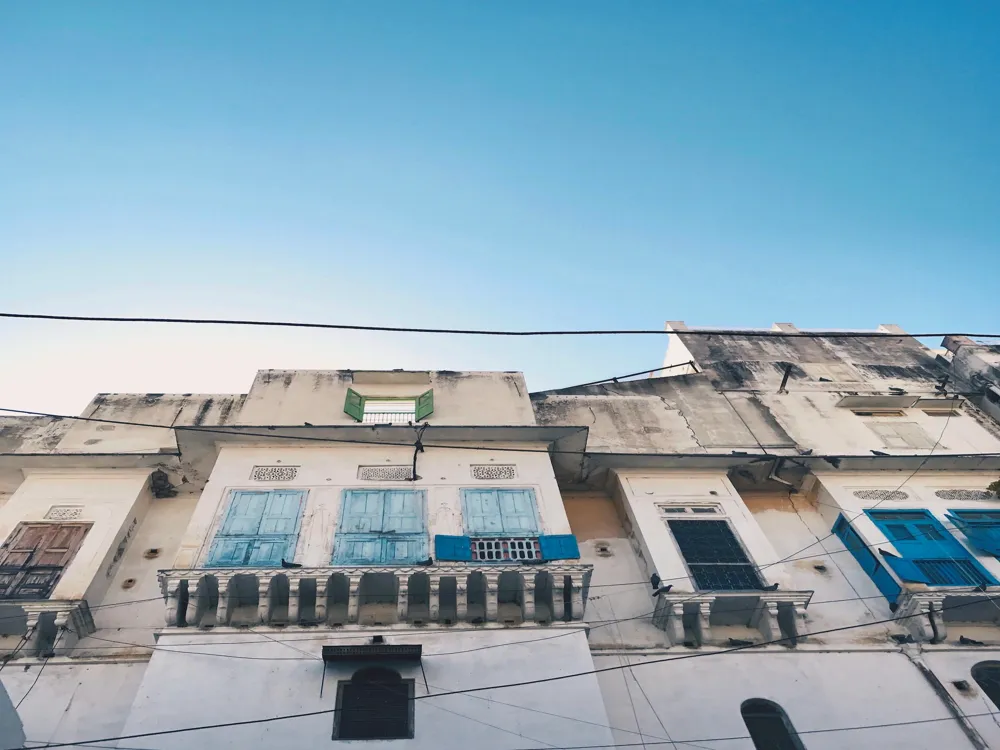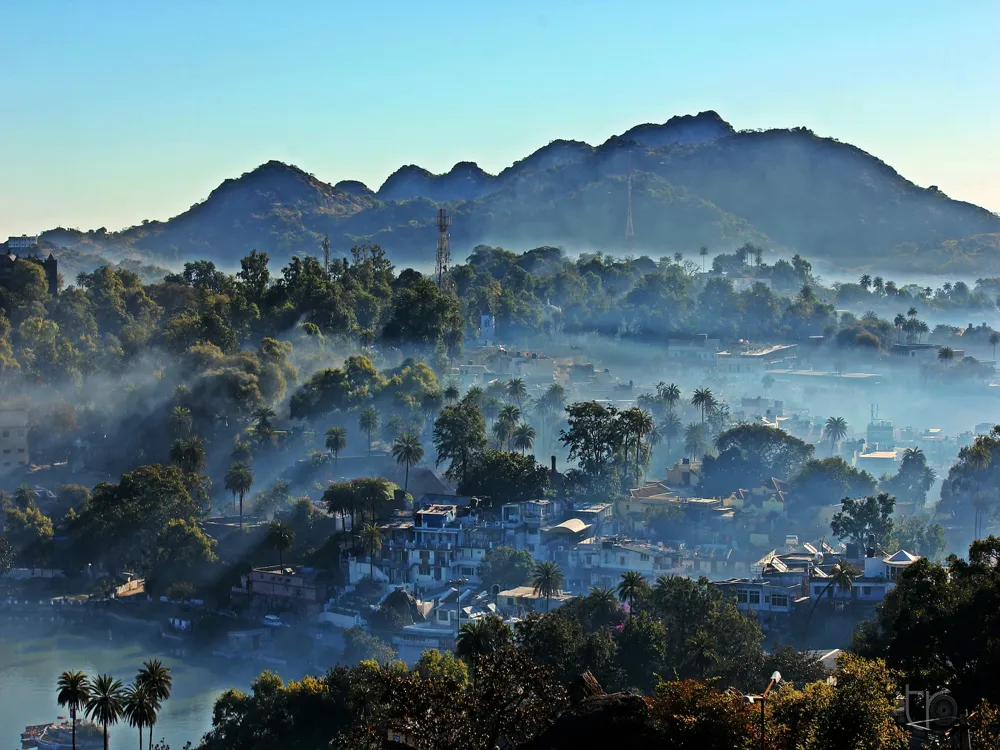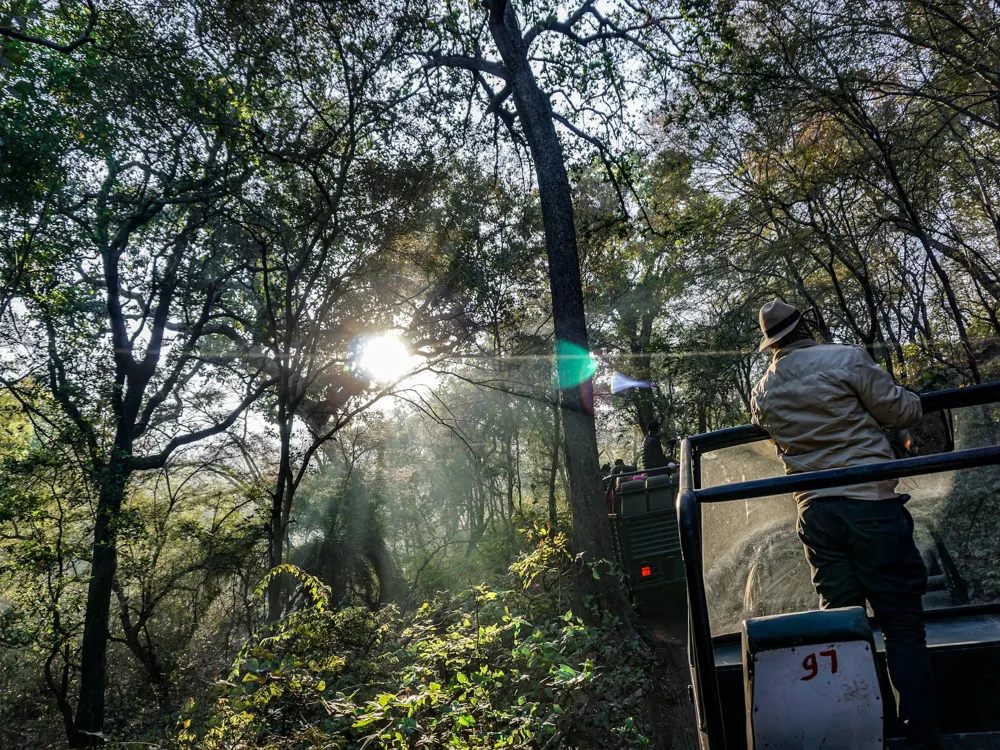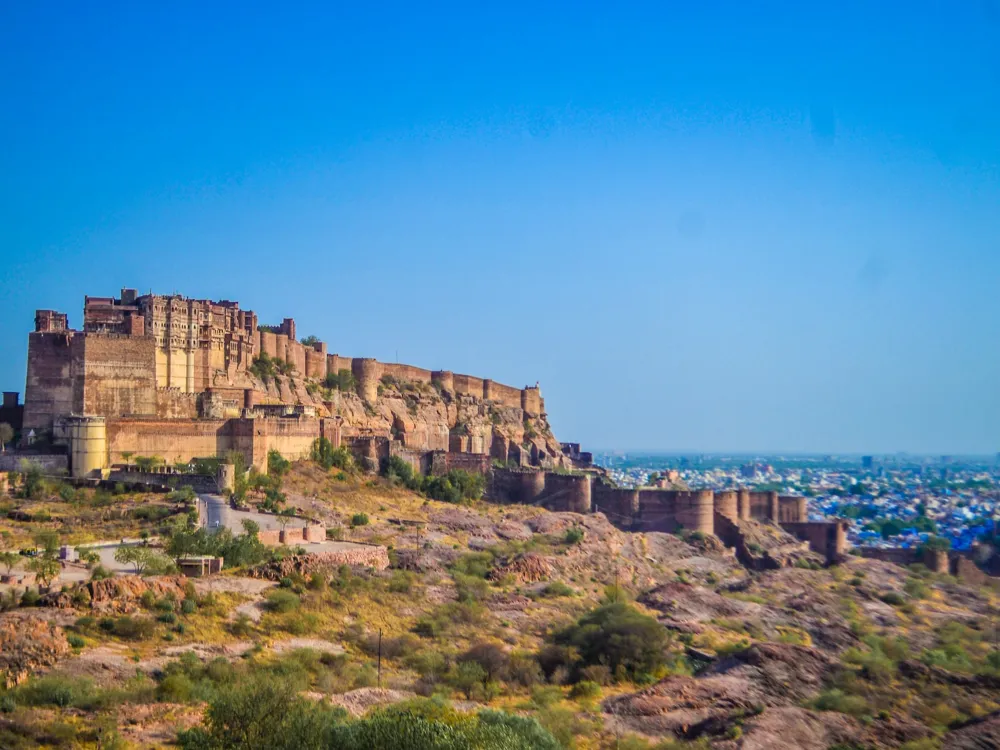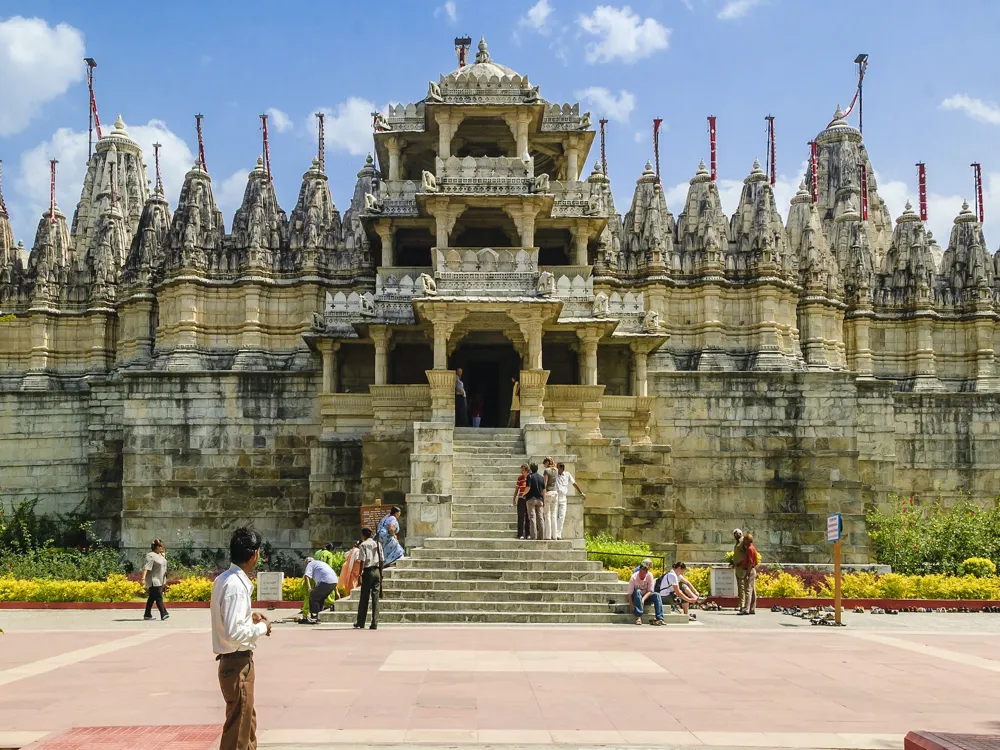Embark on a journey through the annals of time to Chittorgarh, Rajasthan, a symbol of valour, pride, and the indomitable spirit of the Rajputs. Nestled in the southeastern part of Rajasthan, Chittorgarh, or Chittor, unfolds a history rich in heroism, romance, and tragedy. Its monumental fort, a UNESCO World Heritage Site, stands as a testament to the tales of bravery and sacrifice that resonate through the halls of time. This guide offers a comprehensive overview of Chittorgarh's grandeur, its breathtaking architecture, practical tips for visitors, and directions on how to reach this historic city. Chittorgarh's history is steeped in legend and lore, predominantly marked by the heroism of its leaders and the sacrifices of its people. The city's heart and soul are encapsulated within the walls of the Chittorgarh Fort, which has witnessed some of the most heroic battles in Indian history. This fort has seen the ebbs and flows of power, from the Rajput kings to the invasions of the Mughals and beyond. It is a symbol of Rajputana pride and honor, standing tall as an epitome of their spirit and resilience. The city's legacy is intertwined with tales of valor, most notably the saga of Rani Padmini, a queen of exceptional beauty and courage. Her story, along with those of other Rajput heroes, echoes throughout the city, capturing the essence of Chittorgarh's enduring spirit. This historic land also played a crucial role in various periods, from the Mauryan era to the British colonial period, making it a tapestry of rich cultural and historical significance. Chittorgarh is not just a relic of the past but a living city, with its traditions, festivals, and art forms thriving amidst the modern world. The city's vibrant culture is a fusion of historic grandeur and contemporary life, offering a unique experience to its visitors. The architectural grandeur of Chittorgarh is a harmonious blend of various styles, reflecting the different eras and rulers who left their mark on this historic city. The Chittorgarh Fort, sprawling over 700 acres, is a monumental testament to Rajput architecture. Its massive gates, ornate palaces, and sacred temples are architectural marvels, each telling a story of its own. The Vijay Stambha (Victory Tower), an iconic symbol of Chittorgarh, stands majestically within the fort complex. Built by Maharana Kumbha in the 15th century to commemorate his victory over Mahmud Khilji, this nine-story tower is adorned with sculptures of Hindu deities and epitomizes the architectural brilliance of the Rajput era. The fort's palaces, including Rana Kumbha Palace and Padmini Palace, are masterpieces of ancient craftsmanship. Intricate carvings, detailed frescoes, and expansive courtyards reflect the artistic heritage and skilled artisanship of the time. The fort also houses several temples, such as the Kali Mata Temple and the Meera Temple, showcasing the spiritual aspect of Rajput culture and their devotion to Hindu deities. Chittorgarh's architecture is not only about grand structures but also about the intricate details that adorn these buildings. The use of locally available materials, combined with the ingenuity of Rajput artisans, has resulted in a unique architectural style that is both majestic and functional. Chittorgarh is best visited between October and March when the weather is pleasant, making it ideal for exploring the fort and the city. Summers can be extremely hot, and monsoons, though beautiful, might hinder your travel plans. Chittorgarh offers a range of accommodations, from luxury hotels to budget stays. Booking in advance is recommended, especially during peak tourist seasons and local festivals. Getting around Chittorgarh is convenient with options like local buses, auto-rickshaws, and taxis. For a more immersive experience, consider hiring a guide to learn about the city's rich history and legends. When visiting temples or religious sites, dress modestly and follow local customs. It's important to show respect to the city's cultural heritage and traditions. Chittorgarh's cuisine offers a blend of traditional Rajasthani flavors. Don't miss out on local specialties like Dal Baati Churma and Gatte ki Sabzi. Street food is also a must-try for an authentic taste of Rajasthan. Chittorgarh is well-connected by road, rail, and air. The nearest airport is Maharana Pratap Airport in Udaipur, about 90 km away. Chittorgarh railway station is a major junction, connecting the city with other parts of India. By road, Chittorgarh is accessible via National Highways and state roads, with regular bus services from major cities like Jaipur, Udaipur, and Delhi.Explore the Majesty of Chittorgarh, Rajasthan
Overview of Chittorgarh
Architecture of Chittorgarh
Tips When Visiting Chittorgarh
Best Time to Visit
Accommodation
Local Transportation
Respecting Local Culture
Food and Cuisine
How To Reach Chittorgarh
Menal
Chittorgarh
Rajasthan
₹ 9,200 onwards
View chittorgarh Packages
Weather :
Tags : Village
Time Required : 3-4 hours
Planning a Trip? Ask Your Question
Chittorgarh Travel Packages
View All Packages For Chittorgarh
Top Hotel Collections for Chittorgarh

Private Pool

Luxury Hotels

5-Star Hotels

Pet Friendly
Top Hotels Near Chittorgarh
Other Top Ranking Places In Chittorgarh
View All Places To Visit In chittorgarh
View chittorgarh Packages
Weather :
Tags : Village
Time Required : 3-4 hours
Planning a Trip? Ask Your Question
Chittorgarh Travel Packages
View All Packages For Chittorgarh
Top Hotel Collections for Chittorgarh

Private Pool

Luxury Hotels

5-Star Hotels

Pet Friendly







